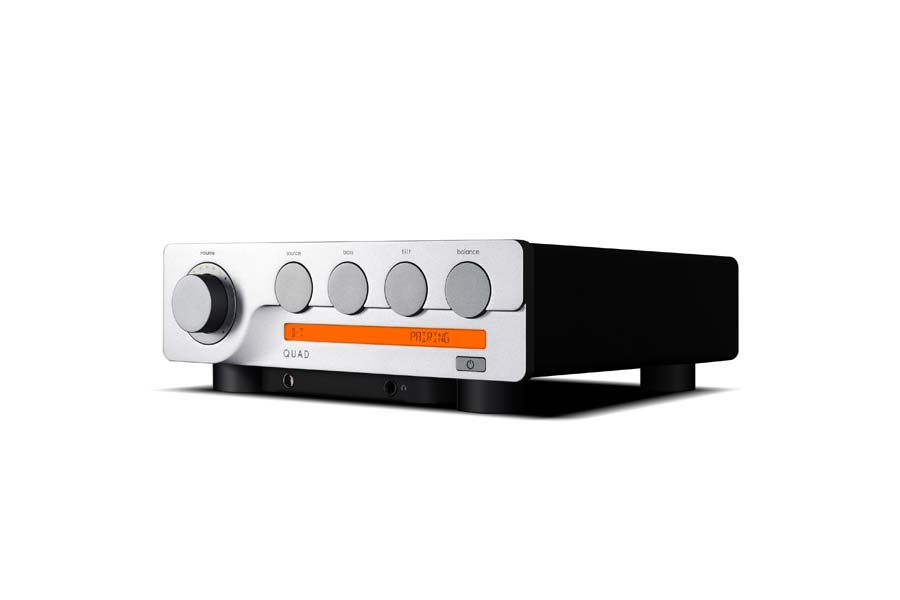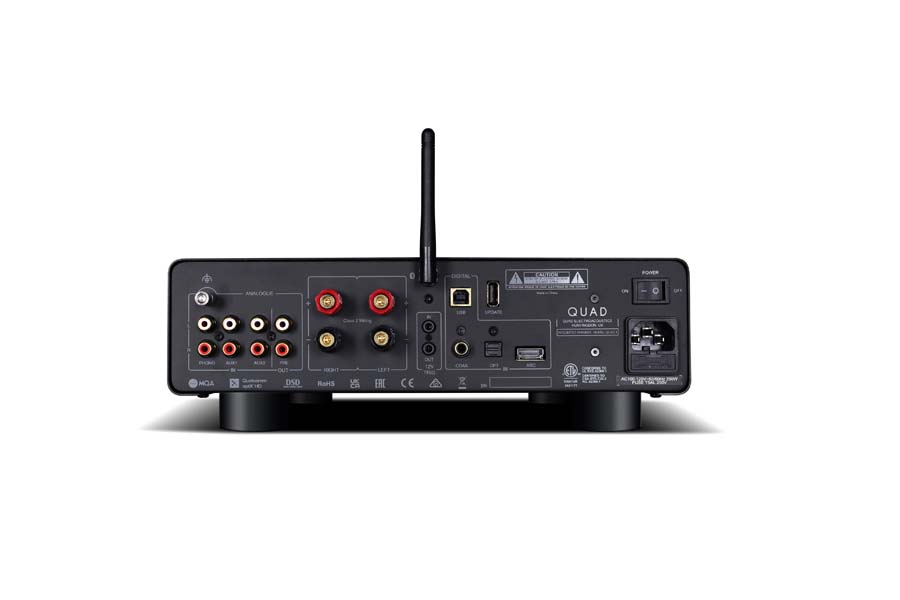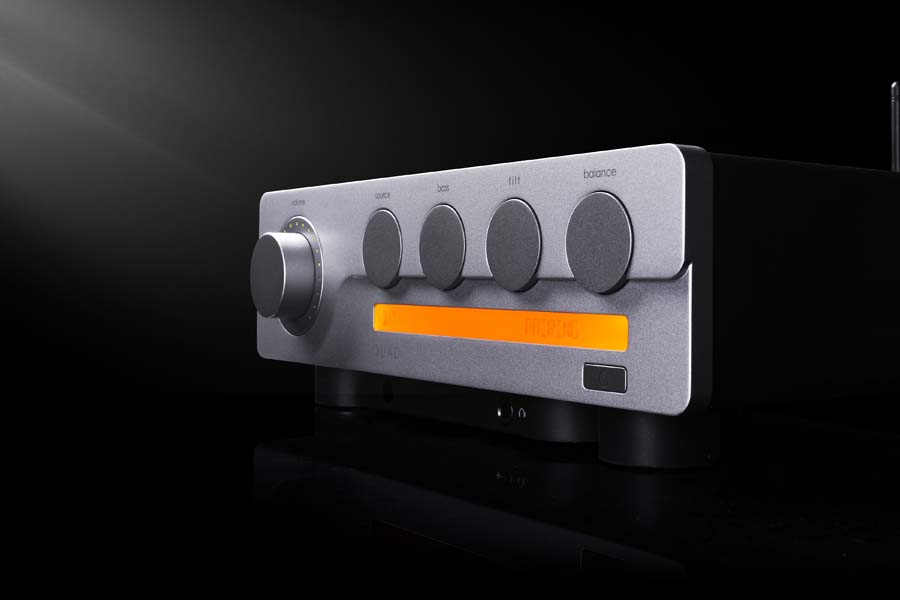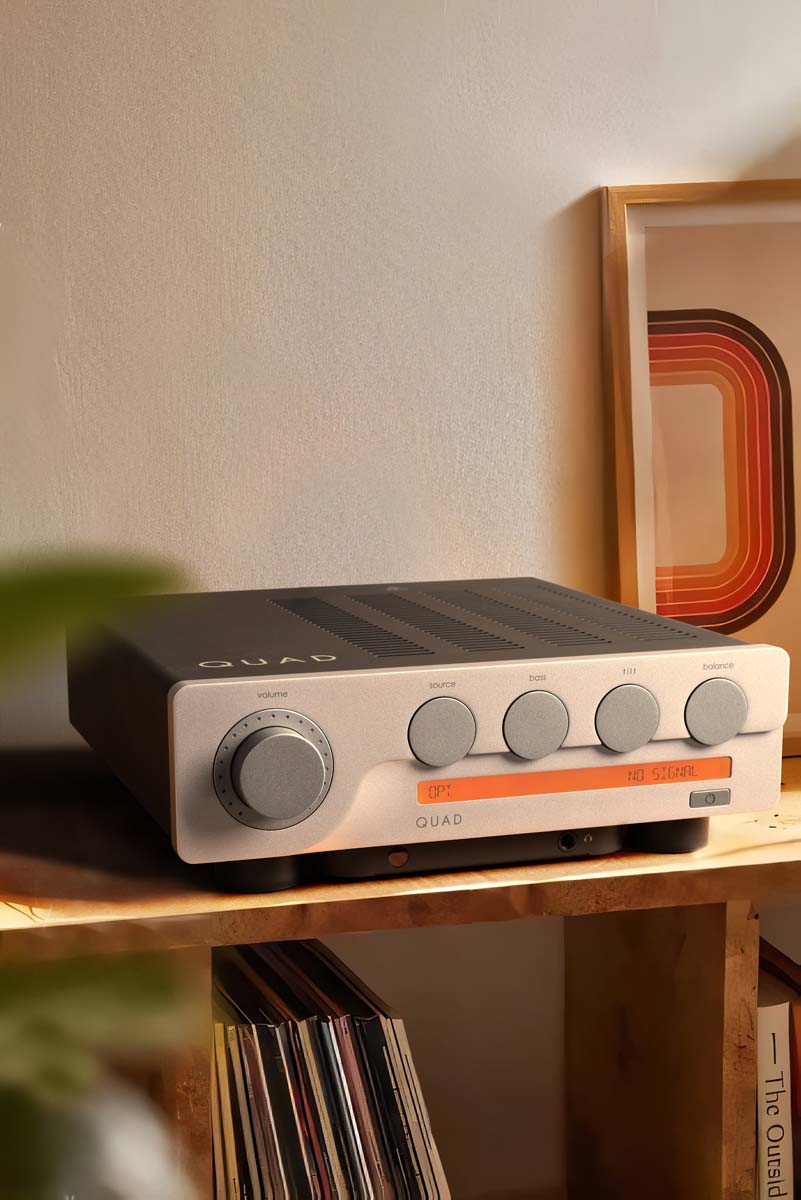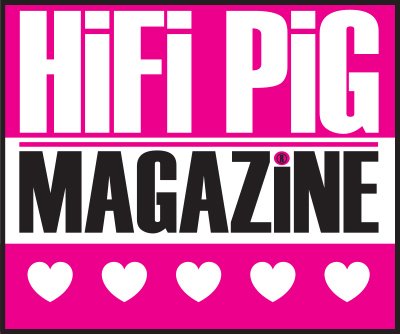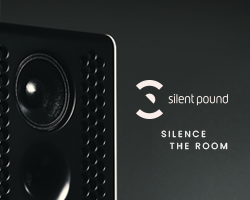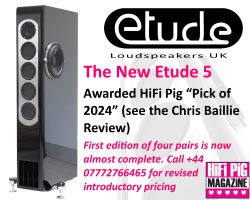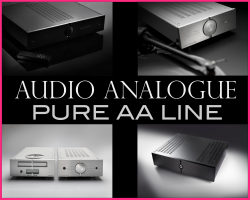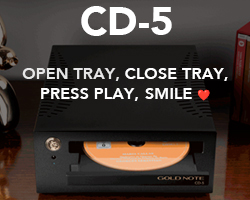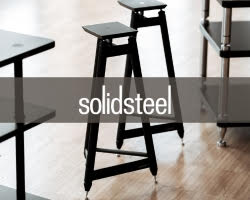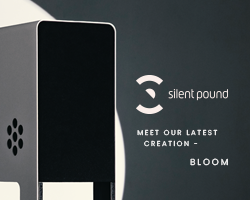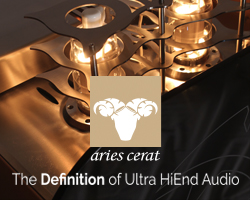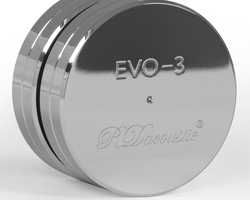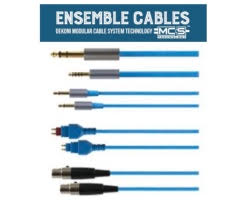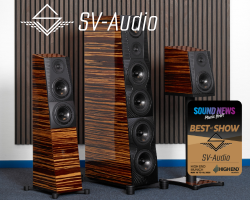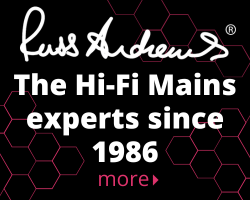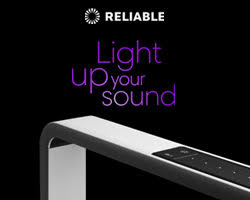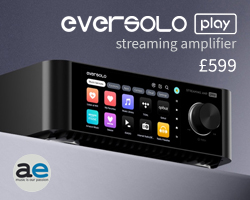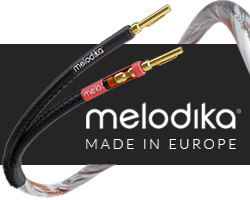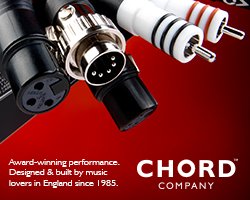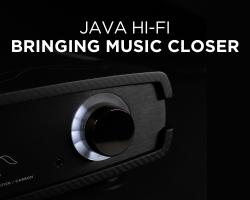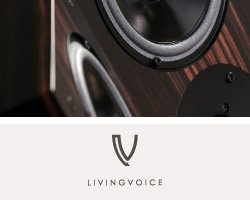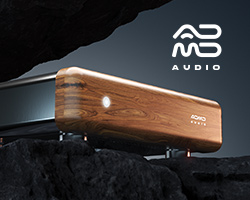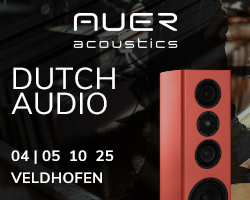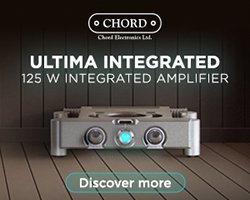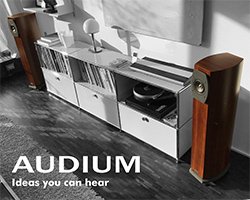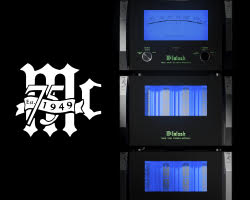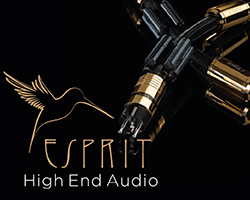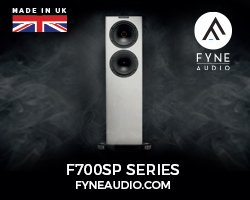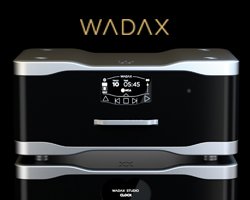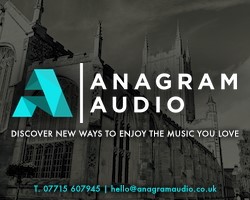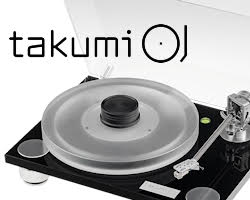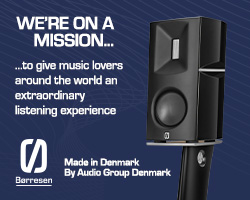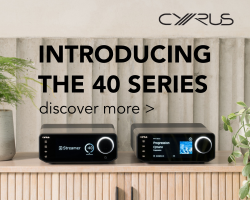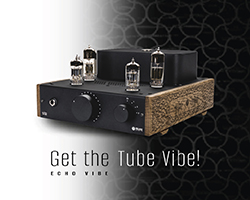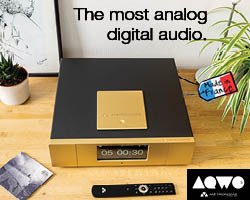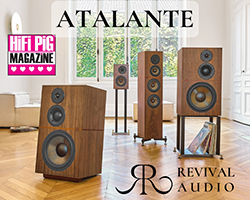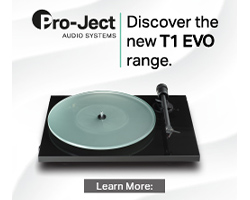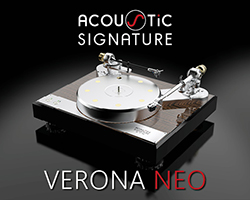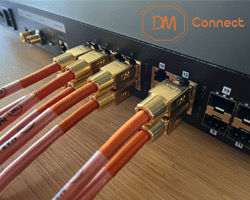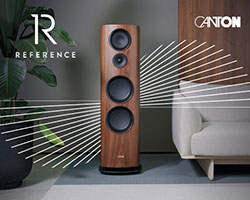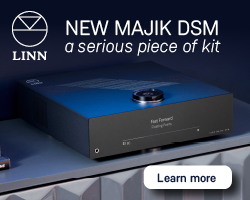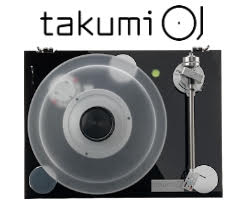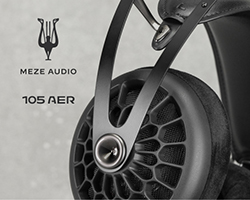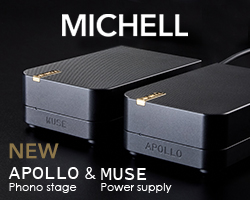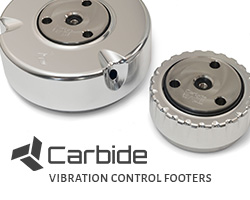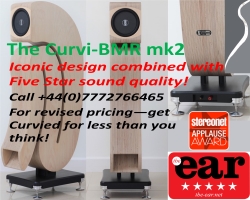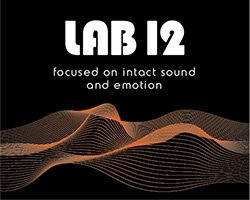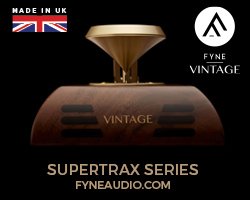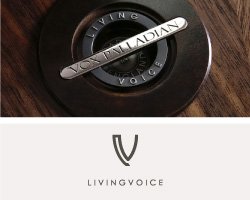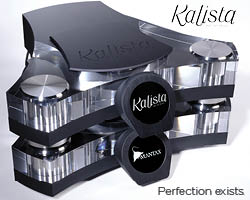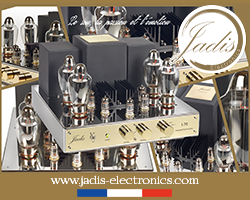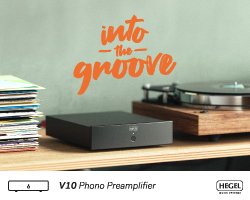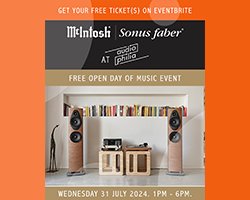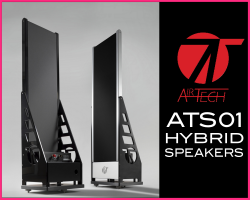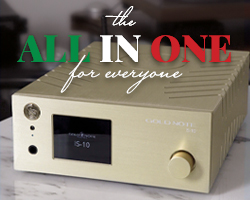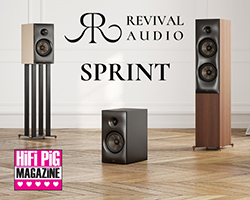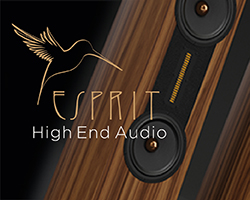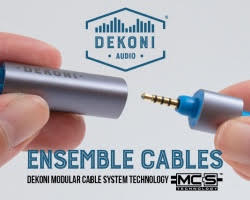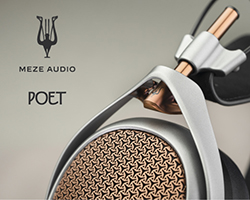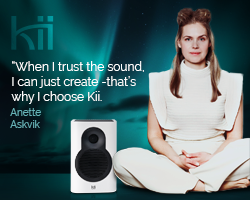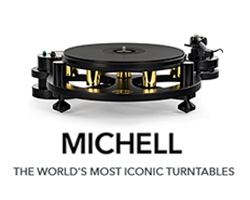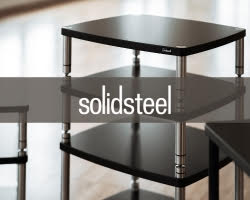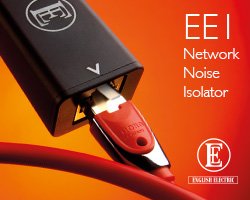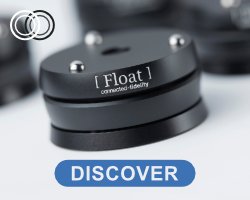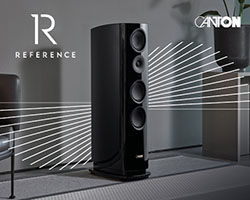QUAD 3 AMPLIFIER REVIEW
QUAD 3 Amplifier is the latest retro-inspired offering from this well-known and well-loved brand. The QUAD 3 is an integrated amplifier with 65W per channel (8 ohms), a remote, and costs £1249. Janine Elliot takes it for a whirl for HiFi PiG.
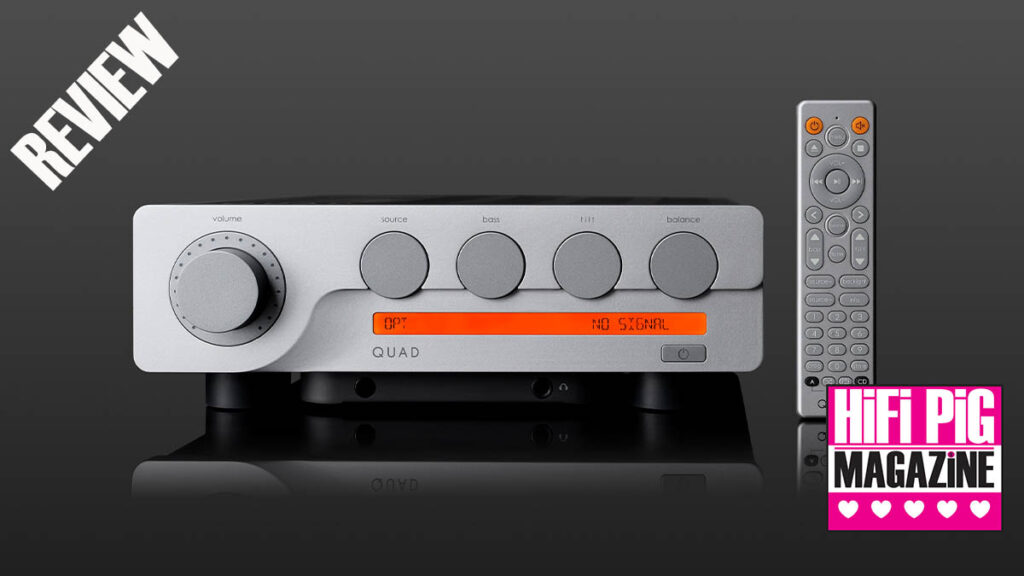
Some HiFi boxes are iconic and timeless. My recent review of the new 33/303 duo from QUAD got my heart racing, so I thought I might need beta-blockers before opening the box with a new Quad 3 amplifier that arrived on my doorstep.
Based on the shape and looks of the original QUAD QCII control unit that accompanied the QUAD II monoblock valve amplifier, this was probably the best-looking pre-amp of the time and vastly superior in appearance to my own slightly later Leak Varislope Stereo preamp for the Stereo20. Curvaceous and with the symbolic QUAD “silver fawn” and brown styling and rectangular buttons, this was quite a noisy amplifier by today’s standards, but highly regarded when it was introduced in 1953. Typical of its day, the model went through many changes internally during its manufacturing lifetime, so at least it got better as it aged, including genetic development from mono to stereo, becoming the QUAD 22 in 1959. So, to bring out an all-singing-all-dancing amplifier/phono-stage/BT unit in the shape of the original is perhaps a little deceptive, though no less exciting for me! It might just be a little bigger (and deeper) than the original, but it packs in an awful lot of engineering and technology into the available space.
The name “QUAD” is an acronym for “Quality Unit Amplifier Domestic”, as used to describe their QUAD I amplifier, but since it was easier to say “QUAD” than the companies name (and that people generally used that word to describe the company in any case) the company was renamed as QUAD Electroacoustics Ltd in 1983. Or just call it QUAD. In 1997, QUAD became part of IAG (International Audio Group). The original 22 was kept in production until 1967, and over 30,000 were produced.
THE DESIGN AND FEATURES OF THE QUAD 3
The original QUAD 22 was quite simply beautiful, though I think my own 34 from the 1980s looked even better; indeed, that must be my all-time-favourite preamp design. The £1,249 QUAD 3 continues the shape of the 22, though the knobs, as in the new 33, are now not marked, which makes them rather bland to my eyes. The visual signature that came with the new 33 preamplifier continues in this new all-in-one, including the matt silver/dark grey colour duo. Instead of lots of buttons underneath the four knobs, the 3 now matches the 33 in having an LCD strip, and those four unmarked flush knobs above it need that screen to enable you to read what they’re doing. It looks lovely and minimalist, but a bit of a pain as you have to get your glasses on to read what you are fiddling with.
The four knobs to the right of the larger volume control are Source, Bass, Tilt and Balance. Peter Walker introduced a number of unique ideas in his lifetime; “current dumping” to combine the benefits of Class A with the cheaper Class B and using them to minimise distortion (the pure Class A output is used to correct the distortion in the larger Class B output), his amazing electrostatic speakers of course (released 2 years before the original QUAD 22), and (very important here) his “tilt” control. He felt that instead of a bass and treble control (as is on the QUAD 22 to which this is based), if you could simply tilt up or down the bass/treble like a see-saw, then you could get much more control of the sound. So, the unit has a bass control to adjust +/- 3dB in 1dB steps (useful to remove turntable rumble or add bass to bass-light speakers) and then the tilt control next to it to adjust around a central 700Hz point up/down by up to 3dB. Ideally, you should keep it all flat, anyway, if you give credence to Walker’s philosophy that an amplifier should not add or take away from the sound (an amplifier should just be “a piece of wire with gain”!).
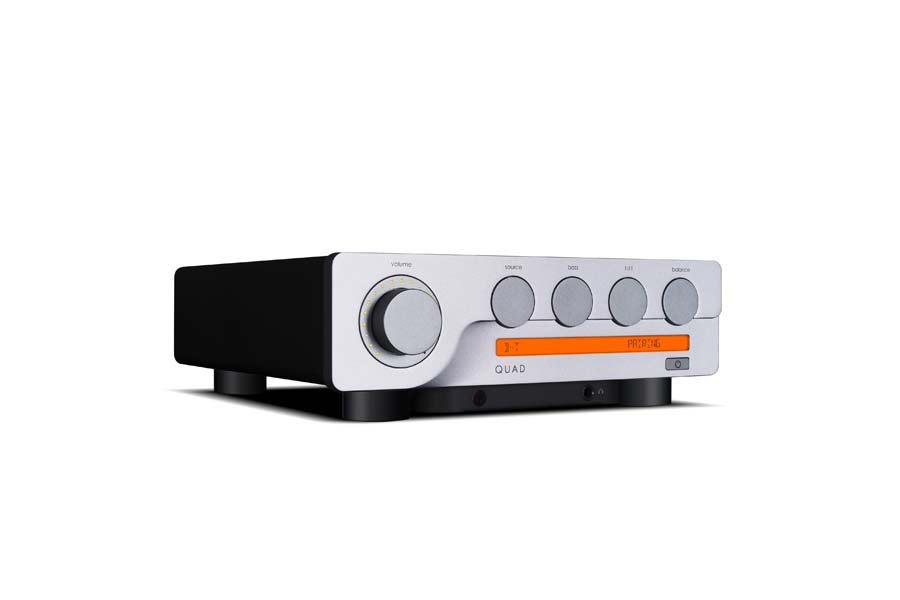

All control of levels and tone are controlled in the analogue domain, preserving the signal purity.
The source selector allows connection of HDMI ARC input from your television, USB audio to allow up to 768kHz / DSD512 from your PC/Mac laptops, a coax and S/PDIF digital input up to 192kHz, BT 5.1 input (aptX/aptXHD), plus the obligatory line-level analogue inputs from 2 sources and a useful Moving Magnet vinyl stage using FET-based components. The digital side is courtesy of ESS Technology’s 32-bit Sabre series ESS9038Q2M DAC chipset, which is complemented with a Class A post-DAC filter, to get state-of-the-art audio from your zeros and ones. Upsampling to 352.8kHz or 384kHz can be applied from the optical and USB sources to improve the sound. All these operations, plus the choice of five selectable digital filters, can be operated using the amplifier knobs (including the “source” button) or by using the remote control (via the “menu” button), but you will need to get pretty close to the amplifier to read the screen. I found this to be an issue with the QUAD 33 review I conducted. The wording really needs to be in “bold” font to make it readable at a distance.
The amplifier offers MQA functionality, which was good to see. This enables full internal MQA decoding of the QUAD 3. DPLL setting is used to change the bandwidth of the digital phase lock loop of the D2A converter to cater for different levels of jitter on the SPDIF signal. “Normal” is for inputs with low jitter, and “Wide” mode should be applied with abnormally high jitter signals, or if the 3 cannot lock in to the source. Analogue sources (AUX 1, 2 and PHONO) can be adjusted +/- 6dB so that all will sound at a similar level when you switch between inputs.
Other features include screen brightness and contrast adjustment, auto standby (if there is no sound for 20 minutes), syncing power on/off with other electronics, 12V trigger functionality, plus firmware update/reset.
Output is a nifty 65W RMS into 8-ohms (or 100W into 4-ohms), all from a Class AB amplifier that has a large toroidal power supply with a 30,000uF reservoir to give it enough welly when needed. The design utilises Complementary Feedback topology, which is another but less effective way of reducing distortion to Walker’s “Current Dumping” explained above. Unlike the original resistor volume control of the 22, the motorised volume control here has 19 LEDs around it to indicate the volume position, which looked lovely, though they stop glowing after a few seconds of adjustment. Luckily, there is a volume-limit feature, so that when you next go to turn on the QUAD 3, it retains its previous setting, so as not to over-exercise your speaker cones!
If you don’t want to wake up your household, then there is a good-sounding current-feedback headphone amplifier with ¼” jack underneath the 13mm thick matt silver front panel. I have been pleased with QUAD headphone facilities in the past, and this £1249 amplifier has no less an impressive headphone amplifier circuit.
The rear is as you would expect for this type of amplifier; excellent RCAs for aux and MM inputs (plus ground terminal), Coax, optical and USB digital, ARC HDMI, trigger in/outs, USB-A firmware upgrading port, good quality gold-plated 4-way speaker binding posts, and the vital BT antenna. With a rocker mains off/on switch at the rear, far right-hand side, the standby button on the front right lights up red until you switch on, when it then stops glowing.
The unit is excellently constructed and is fairly heavy with that toroidal power supply, but it comes with 4 good-quality rubber feet. Typical of QUAD, the unit is supplied with a gorgeous and colourful user manual with lovely photos on the back, and the remote continues the theme of grey-silver, complete with two orange buttons to match the orange screen on the amplifier.
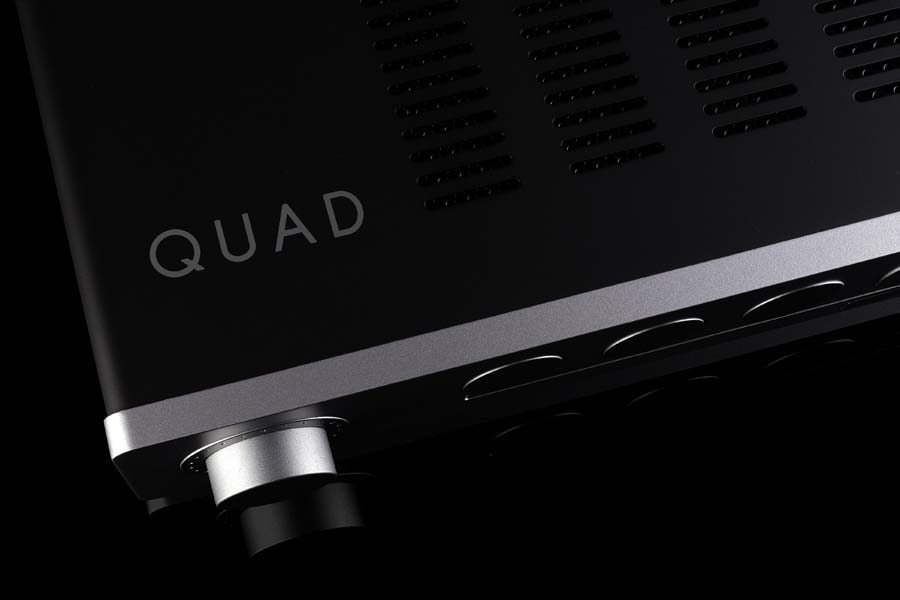
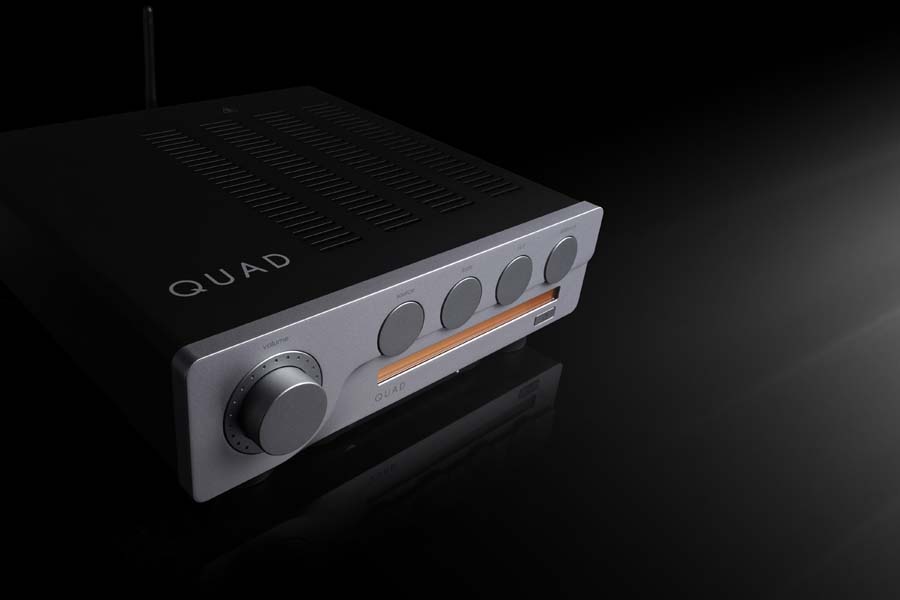
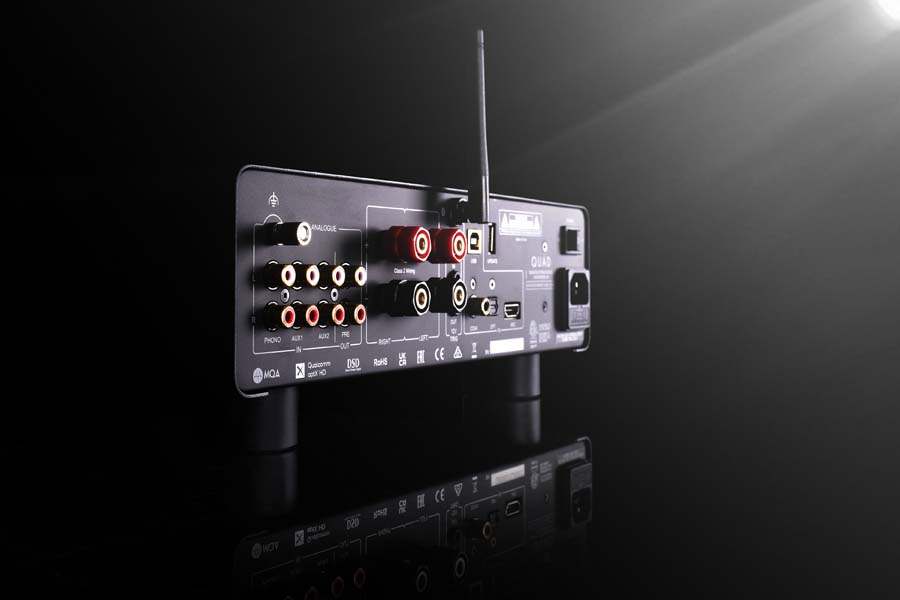
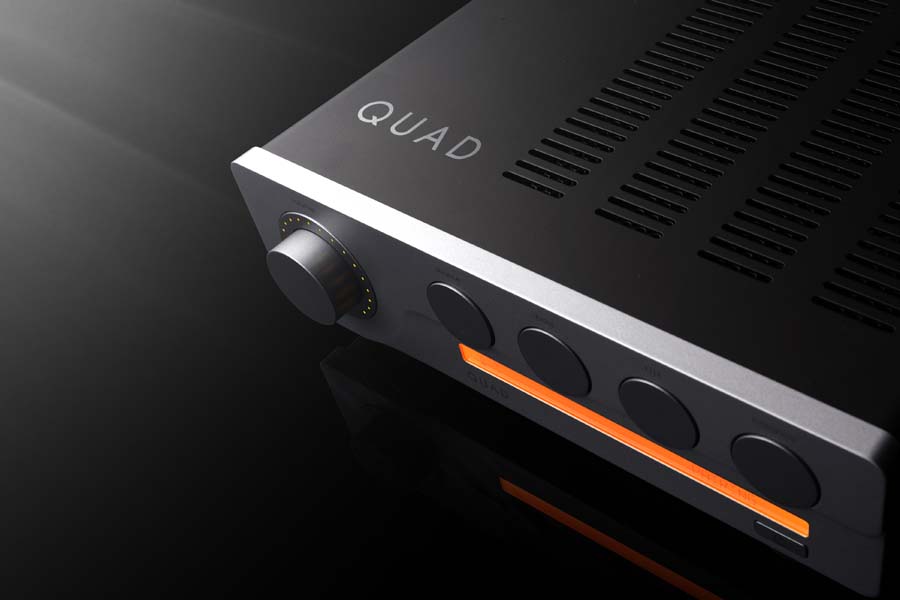
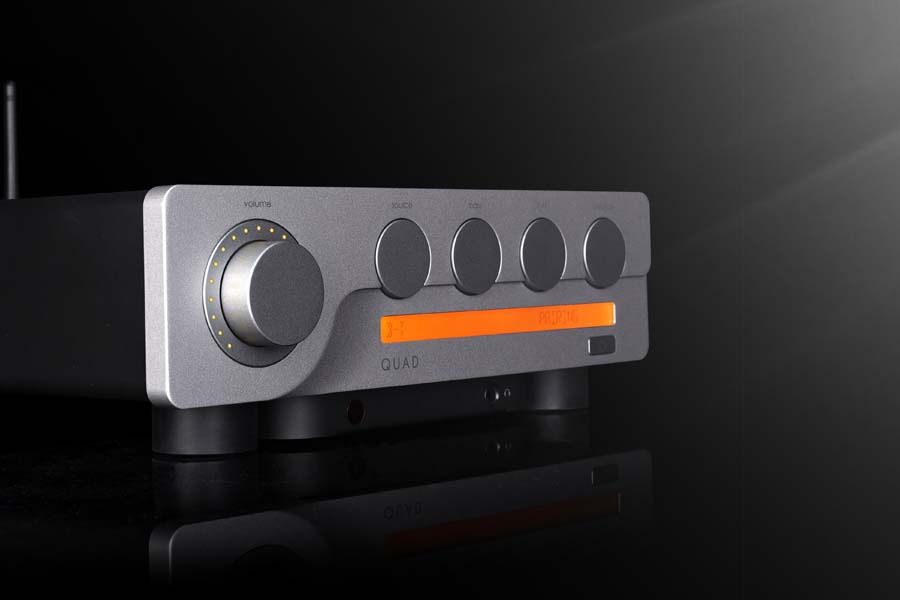
SOUND QUALITY
When I go to bed, or out for a walk and want to listen to music, I plug into my ears a freebie JAYS IEM that originally came packed with a tiny DAB radio I bought. Nothing exciting, but for some reason, the audio performance is just perfect for me; easy listening, very comfortable, and covers all frequencies and all types of music. Similarly, this QUAD 3 ticks the same boxes; it plays music just right. Nothing to shout out about excessive speed, extension, or excitement. Just pure honesty and comfortable listening. David Gilmour’s “5 am” (from ‘Rattle That Lock’) appropriately lacks excitement, though through the QUAD it is exactly as it should sound, with brilliant bass extension and musical insight. Track 2 “Rattle that Lock” livens things up a tad, though I’d really need to go well above 50% on the dial to rattle the neighbours. This amplifier is not that powerful, but it is certainly enough for any reasonable living room. The QUAD is undoubtedly faithful and honest in what it plays. Thelonious Monk’s “Ruby, My Dear” starts with a loud, discordant piano intro that will get everyone’s attention, however loud you play it, before settling down into more mainstream jazz-playing, complete with drums and saxophone. This might be a mono recording (‘Live in Rotterdam 1967’), but that didn’t even come to my attention when I played this brilliant music. With an audience in the background, this album is brilliantly engineered, even if there is no need for pan controls on each channel of the mixing desk. My attention was wholly taken by the music, and for a £1k all-singing-all-dancing amplifier, I was as hooked on the sound.
Tolga Kashif’s “The Queen Symphony” is the sort of music you’d play at a party to guess the hidden songs. The appropriately named 1st movement “Adagio Misteriosa” disguises carefully the famous Queen songs “Radio Gaga”, “The Show Must Go on”, “One Vision” and “I Was Born to Love You”. Complete with the London Oratory Boys’ Choir, London Voices, plus the Royal Philharmonic Orchestra, this epic 2002 production really does test an amplifier’s ability to control both louds and softs and master the mix of power and delicacy. The QUAD performed admirably and kept me enveloped in the music.
When needed, the amplifier does show its mettle; Yes “Run Through the Hills” (from ‘Drama’) is full of dynamism and speed, and the amplifier had great control over the guitar and percussion transients, plus finite detail from the beautiful mandolin. This album has a great top end and bass. When it was being written, Steve Howe (guitarist) recorded his parts separately in a London studio, and was told by the others that his guitars sounded too bright and “treble-y”. His reply was quite simply for them to shut up! My favourite Roger Daltrey song is “Oceans Away” and this 1975 studio recording (from ‘Ride a Rock Horse’) is similarly bright with guitars and piano plus his distinctively aggressive vocals. I always find it hard to play this album on any system effectively, but the QUAD MM phono-stage was able to give this track emotion and a sense of humanity that I didn’t expect to hear from The Who’s singer.
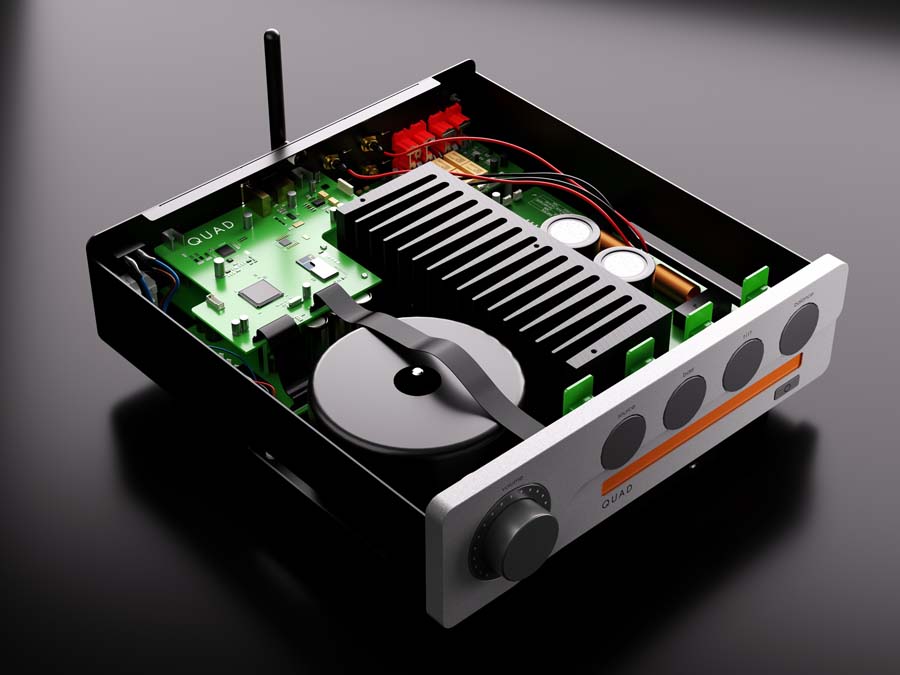
Lyadov might not be as well-known as Roger Daltrey, but his “Baba Yaga” op. 56 is full of enchantment and resembles Dukas’s “Sorcerer’s Apprentice” in many respects, and Stravinsky, too. Lots of magic with punchy, deep bassoons, shouting brass, and powerful string glissandi and precise percussion make this an ideal piece to test out the meat in any amplifier. The QUAD allows the music to let rip with gusto when required and agility and delicacy in equal doses. The work may only last three and a half minutes, but it packs in a sack full of notes and emotions. The QUAD is agile, controlled and honest. If you want bells and whistles, then look elsewhere. This amplifier is finely balanced and really careful. It doesn’t judge. At 20W more than that QUAD 303, it also has a similar, silky-smooth, unmistakably QUAD sound. Mahler’s “Resurrection” symphony No.2 (Symphonica of London), whilst still giving that QUAD sound, was also very dynamic and full-bodied using the phono-stage. Whilst a simple stage, this was yet another example of IAG at its best; The third movement has brilliant, deep bass and thundering brass plus high flutes and triangle. This was certainly a well-thought-out design, keeping me fully engaged in the music and not my clock. I could have sat and listened to all his symphonies, though that would have kept me up over 12 hours. All that detail and excellent soundstage continued when listening through the headphone stage. This is a great all-rounder.
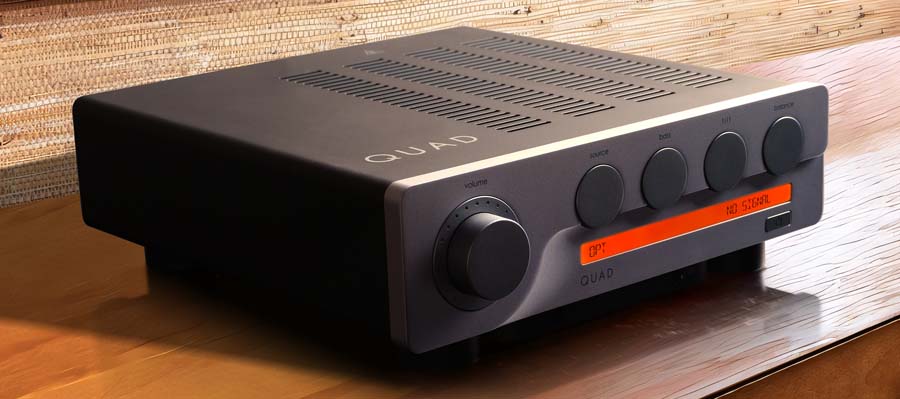
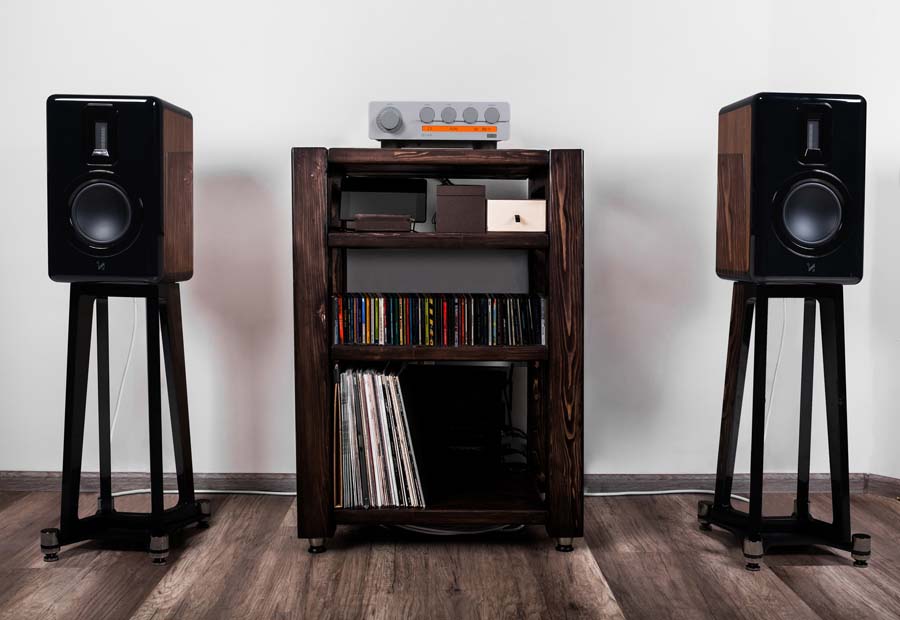
QUIBBLES
For such a good price for the complete package, it is hard to be too judgmental. Whilst the visual display is really detailed and helpful, it really needs to be in bold so that you can see from a distance, even after adjusting brightness and contrast. Similarly, the remote is a little confusing. The LH bass and RH tilt up/down buttons should (to me) be volume and source, respectively, rather than have them on the Apple iPod-looking control buttons above, which to me is more confusing. Those should just toggle around the menu options, including the tone and tilt controls, with a central “OK” button.
CONCLUSION
QUAD has done it again with another retro model that should not only get interest from those who began their audio journey with the original 22 but also those much younger wanting to start their journey. This is a really easy-to-use and versatile unit that gives an organic and fluid performance, whatever the source. At £1249, this is great value, even just for the looks. As a complete amplifier, it’s a bargain.
AT A GLANCE
Build Quality and Features:
Looks brilliant, and with great build quality and components
Sound Quality:
Whilst still having that silky-smooth QUAD of the last century, there is added clarity, soundstage and charm
Value For Money:
At £1249, this is very good value and a great conversation starter to have in the home
We Loved:
Good looks
Very quiet in use
Excellent MM phono-stage
Excellent headphone facility
Useful remote control
Worked well on all types of music.
That typical QUAD sound from the past
Class AB with toroidal transformer!
We Didn’t Love so much:
The display can be difficult to read at a distance
Elevator Pitch Review
I always dreamed of owning a QUAD amp and LS3/5a speakers as a child. My dreams did come true, and as my HiFi journey developed, so did my interest in other manufacturers. However, I love looking at old magazines showing QUAD products from the past, wishing perhaps that I should have acquired a valve QCII or 22 control unit at some point in my past. Well, the team at QUAD have now brought back the looks of those important pre-amps, and this time into a fully-fledged integrated amplifier with digital, BT, and phono-stage to bring the historic retro piece in line with the 21st century. Would this be just a cheap alternative to the new 33/303, or will it be able to proudly stand on its own four legs? You bet.
Janine Elliot
System used:
Astell and Kern SE180 and Samsung A34 (FLAC, DSD and Qobuz through BT); SE180 (coax digital); Technics SL-02/Ortofon VMS20i (MM vinyl); Krell KPS20i (CD); Wilson Benesch Arc, Graham LS5/9, Chartwell LS3/5a (speakers); Townshend F1 and Isolda cables, Coppice Audio stand and Townshend rack.
SUPPLIED SPECIFICATIONS
Model QUAD 3 General description: 2 x 65W (8 ohm), 2 x 100W (4 ohm)
Class AB power amp section
ES9038Q2M 32-bit DACDesign philosophy and core technology MQA Full Decoder (PC USB, Coax/Optical)
Bluetooth 5.1 (aptX/aptX HD) Streaming
Dedicated High Performance Low Noise MM Phono stage
Dedicated Current-Feedback Headphone Amplifier
Built-in Bass and Tilt adjustment
USB Firmware Upgrade
2 x Analogue (Aux), 1 x Phono (MM) inputsInputs 1 x SPDIF (Coax), 1 x SPDIF (Optical), 1 x PC USB
1 x HDMI ARC, 1 x Bluetooth (aptX/aptX HD), 1 x 12V TriggerOutputs 1 x Pre Amplifier,1 x Stereo Speaker,1 x Headphone, 1 x 12V Trigger Sampling Frequency Optical/Coaxial: 44.1kHz -> 192kHz
PC USB: 44.1kHz -> 768kHz (PCM) / DSD64, DSD128, DSD256, DSD512Preamplifier Section: Gain (max.) +0dB (Line)
+47dB (Phono MM)Input Sensitivity 800mVrms (Line, Volume = 0dB)
3.6mV (Phono MM, Volume = 0dB)Input Impedance 10K (Line)
47K / 100pF (Phono MM)Total Harmonic Distortion (THD) <0.001% (1kHz @ 2V, Volume = 0dB) Frequency response 20Hz-20kHz (+/-0.1dB) Output voltage 2.3V max. (Volume = 0dB) Output impedance 120 ohm Signal-to-Noise ratio > 110dB ( A-weighted)
> 78dB (Phono MM, A-weighted)DAC D to A Converter ES9038Q2M Total Harmonic Distortion (THD) < 0.001% (1kHz @ 0dBFS) Output level (0dBFS, 1kHz) 2.05Vrm Max. Sampling Frequency Optical/Coaxial: 192kHz
PC USB: PCM768kHz, DSD512Signal-to-noise ratio (S/N) > 116dB (A-weighted) Power Amplifier Section Gain +29dB Rated Power Output 2 x 65W (8 ohm, THD<1%)
2 x100W (4 ohm, THD<1%)Frequency Response 20Hz-20kHz (+/-0.3dB) Total Harmonic Distortion (THD) <0.003% (1kHz @ 30W/8ohm) Input Sensitivity 800mVrms Signal-to-Noise ratio (S/N) > 110dB (A-weighted) Max. Output Current 10A
Dimensions 300 x 101 x 332mm (original QUAD 22 was 265 x 90 x 150mm)





















































